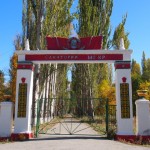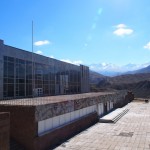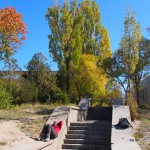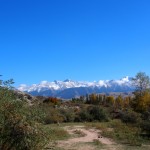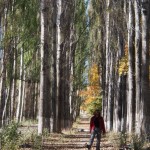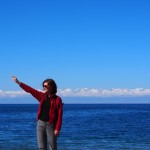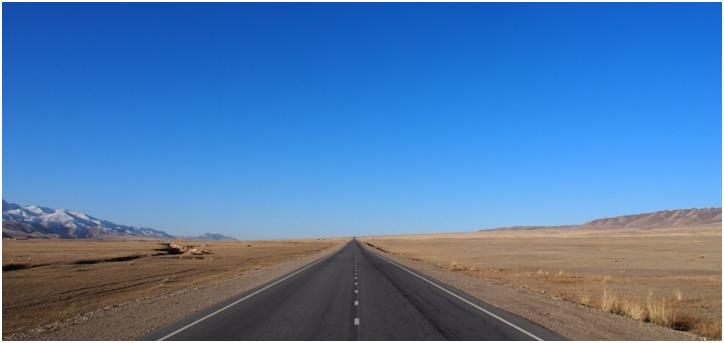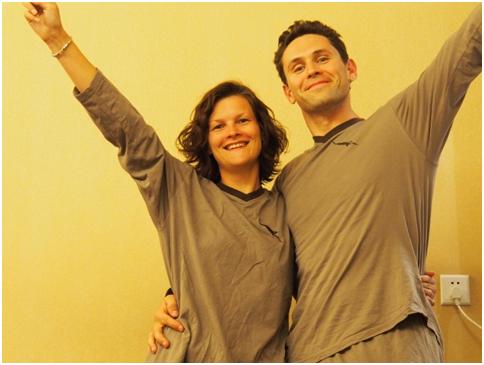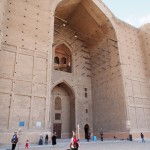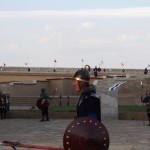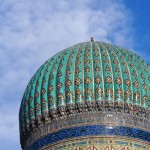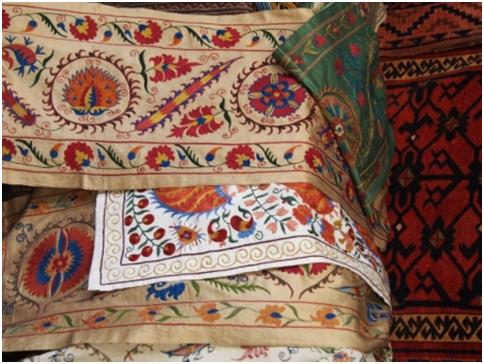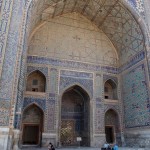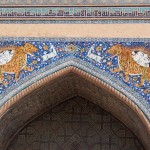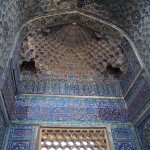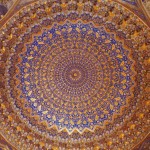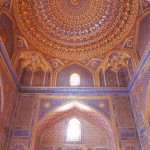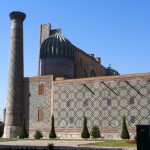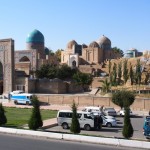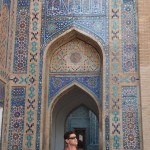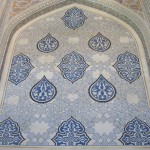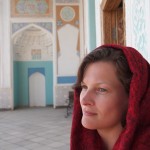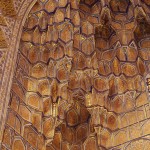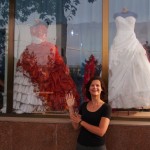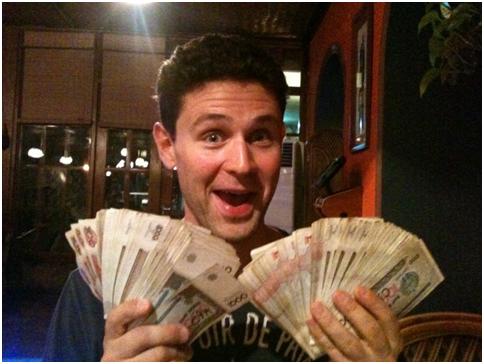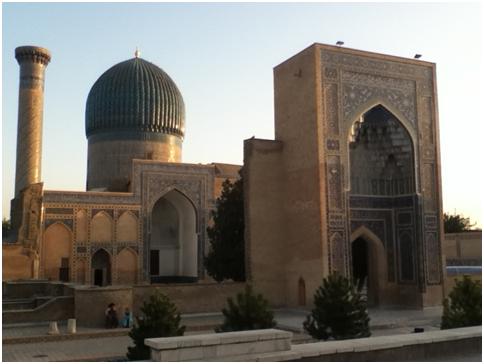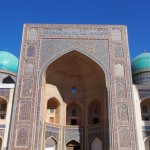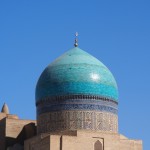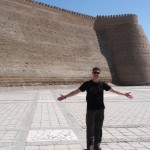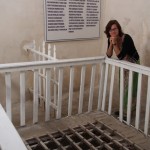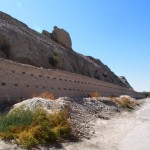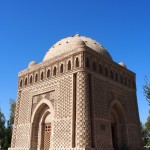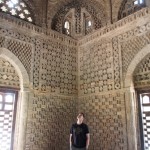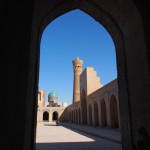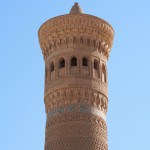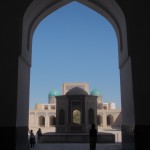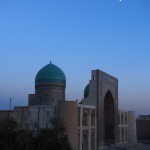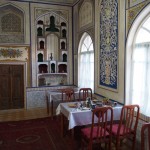Memorandum. 18th Oktober 2012.
From: First Under-Commissar of the Standing Soviet Committee on Revolutionary World Travel (Sub-Division for the Care of Reactionary Fat Capitalists)
To: Commandant of the Tamga Sanitarium for High Soviet Dignitaries, Lake Issyk-Kol, Kyrgyzstan
————————
Attention, Comrade.
I command to your care Lucy & James: class enemies, proponents of toxic Western values and running dogs of the Yankees. After months of hard travel through areas ripe for sedition and glorious revolution they have finally come to the alpine region of Kyrgyzstan. They have been betrayed by their soft and decadent constitutions after a mere two weeks of eating Stalin-sized lumps of badly cooked mutton every day and are strongly in need of some mountain convalescence. As such, I command you to do the following:
Allow them two full days to recuperate in the grounds of your historic facility
- Exert state control over the weather to ensure bright, sunlit autumn days, yet with nights cold enough to freeze the Mussorgzy off a Bolshevik
- Make an allowance for their pitiful circulations by giving them a bed each, with a mattress, and duvets at least three feet wide
- Use precious hard currency to feed them a recuperative diet of Western “snickers” bars, “twix”, mineral water and “flat fanta”
- Allow them full access to their imported medical kit, even their American-made broad spectrum antibiotics
- Guard them from enemy propaganda on their gentle walks around your beautiful gardens. Instruct the guards to allow them to walk outside of your perimeter down the hill to the lake
- Finally, make use of a glorious volunteer labour force to sprinkle dry leaves on the ground, such that Comrade Lucy may indulge in her favorite habit of kicking through said leaves while whooping
Hopefully, two full days of rest and recuperation should grant Lucy & James renewed strength to continue South across the high passes to China, inspiring the revolutionary socialist spirit of our people as they go.
Glory! Strength! Cabbage!
Signed: Sergei Sergeivich.

